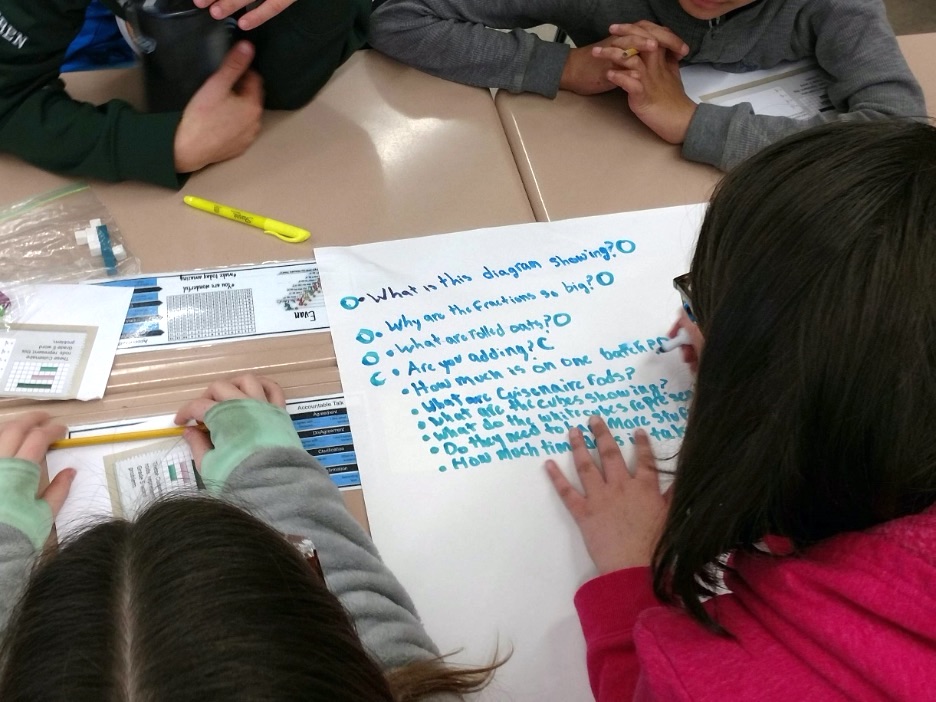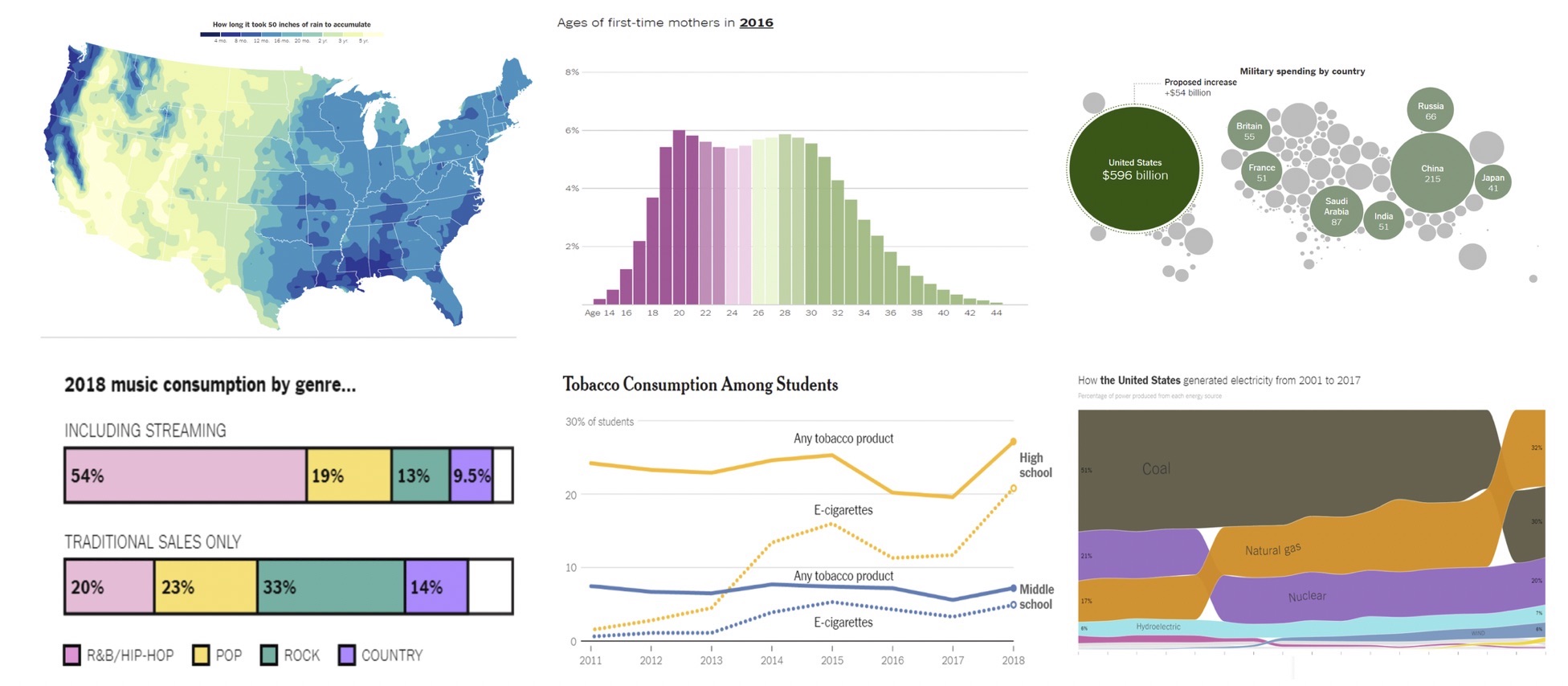Teach Math by Diving Deep Into Real Data

Effective math instruction needs to start with the big idea. Rather than approach math using a prescribed curriculum that follows a textbook lesson by lesson, educators need to teach math as a science.
Curiosity, discussion, practice, and visualization are key elements to teaching and learning math in grades 4-8. There are too many misconceptions and myths about math learning, and changes in our practice are needed to create confident, mathematically minded students.
I’ve recently learned about incorporating data science into math classrooms. Data literacy is an important concept – in fact, it’s a life skill. Students need to relate math to the real world. To do this, I begin my math lessons with a whole class “data talk,” creating curiosity by presenting a visual, such as a graph.
As students look at the graph, I ask, “What do you wonder?” Then I give students time to share their thoughts and develop questions. In class, I invite them up to the board to present their thoughts and what they notice in the graph. And I can simulate that experience in virtual spaces.
The New York Times provides a great resource for classroom teachers entitled “What’s Going On In This Graph?” Some examples of these graphs are shown below (click to enlarge):
We are surrounded by data daily. Using a hands-on approach, incorporate practice by giving groups or pairs of students a data set to analyze. Data should be real data that connects to students’ lives. Encourage curiosity and discussion, and have students create questions. Ask them to look for patterns as they explore the data.
Finally, have students find a way to create a data visualization, such as a graph or drawing, to share out their findings. This could also include a write-up describing their approach and what they discovered about the data set.

Collaboration is important in math as students need to work together, and in doing so their learning paths change, leading them toward success. Students learn from one another, and they also realize they are not alone when they come across an obstacle. It’s during these times that struggle allows for conversations and helps to develop a higher level of understanding.
All of our learners need to understand:
Brains are like muscles and need to be worked out. Our brains are always in a constant state of change and growth. Every time we learn something, we start a new pathway that gets stronger the deeper we learn. Our brains are constantly developing, strengthening, and connecting the more we learn.
We can embrace struggle and the times of not knowing. Share work, ask questions, and allow curiosity in math. Learn from mistakes and work toward success. Embrace the power of “YET”!
There is more than one way to find a pattern or solve a math problem. Building a “math toolbox” in students’ minds by learning concepts and skills is a helpful step, but we need to allow the students to approach a problem or data with creativity, curiosity and thoughtfulness. Discuss your thoughts, ask questions, and listen to others’ ideas.
Math isn’t about speed. Memorizing math facts is not learning. However, finding patterns in data or in a multiplication chart helps to create “sticky” rules in our minds and establish relationships. What is important is understanding the mathematical connections. For example, see YouCubed’s The Four 4’s.
What are some changes we can make in our math classrooms today?
• Make more time for curiosity, discussion, and exploration by pulling out the big ideas.
• Pose problems or provide data to students and let them create questions.
• Let students brainstorm and create their own data set and then create a visualization.
• Approach math with a mindset approach. Students’ beliefs about their abilities change the way their brain works when they do math.
• Make data literacy a part of your learning environment. Incorporate data science in your lessons.
When teachers grow, students grow
In order to prepare our students for continued growth in learning, we need to continually grow in our methods of teaching. Providing an introduction to data literacy early on in the middle grades will benefit our students as they develop math pathways that will continue to grow.
Jo Boaler offers a course titled 21st Century Teaching and Learning that includes great insight into creating a data science approach to math. Teaching students to make sense of data as early as we can will help them succeed in a data filled world.
Find more ideas at these sites:
https://www.mindsetworks.com/science/
https://www.youcubed.org/resource/books/
https://www.youcubed.org/21st-century-teaching-and-learning/
https://www.wbur.org/edify/2017/04/10/math-growth-mindset
Kathleen Palmieri is a National Board Certified Teacher and NBCT Professional Learning facilitator. She is a fifth grade educator in upstate New York who reviews books regularly for MiddleWeb. Kathie was recently interviewed by Jenny Grant Rankin for a two-part article at Psychology Today where she talked about professional learning and the power of growth mindset.
With a passion for literacy and learning in the classroom, Kathie participates in writing workshops, curriculum writing endeavors, and math presentations. As a lifelong learner, she is an avid reader and researcher of educational practices and techniques. She collaborates with colleagues and globally on Twitter @Kathie042500 and through her website.



































LOVE this! A key reason there’s a big hole in current adults’ data science skills (not enough data scientist supply to meet demand, elevated demand for data scientists because orher staff lack sufficient data skills, etc.) is because math wasn’t traditionally taught this way. Yet more wisdom and practical advice from Palmieri!